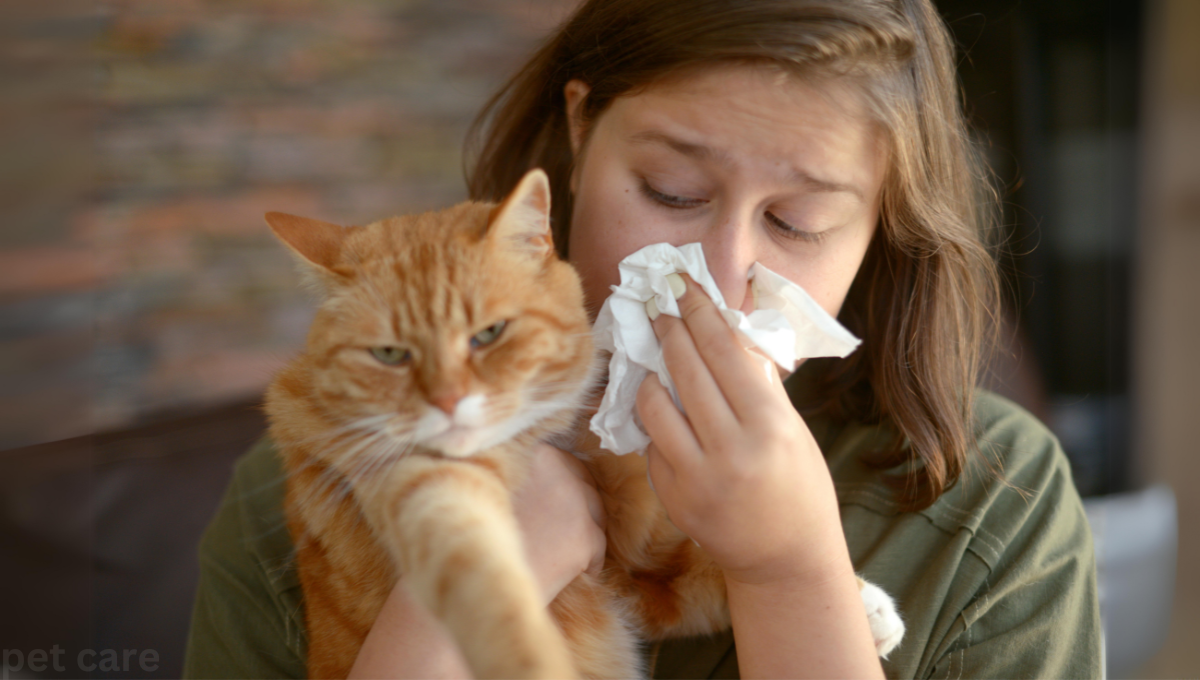Pets are providing individuals of many families, companionship, pleasure, and unconditional love. However, for pet proprietors who suffer from allergic reactions, cohabiting with furry friends can present full-size challenges. Pet allergies, mainly as a result of proteins determined in puppy dander, saliva, and urine, can lead to signs consisting of sneezing, itching, watery eyes, and even asthma assaults. Despite these challenges, it’s far feasible to control pet allergic reactions efficaciously while not having to part with the one you love animal accomplice. Here are a few sensible solutions for puppy proprietors allergies.
Understanding Pet Allergies
Pet hypersensitive reactions are prompted by proteins in an animal’s pores and skin cells, urine, and saliva. These allergens can grow to be airborne and choose furniture, apparel, and different surfaces. Common symptoms of puppy allergic reactions include:
- Sneezing and Runny Nose: Frequent sneezing and a continuous runny nose are commonplace symptoms of puppy allergic reactions.
- Itchy, Watery Eyes: Allergens can purpose irritation and inflammation in the eyes, leading to itching and watering.
- Skin Reactions: Some human beings may also increase hives or eczema upon direct touch with pet allergens.
- Respiratory Issues: Allergens can cause allergies assaults, wheezing, and trouble inhaling in a few people.
Solutions for Managing Pet Allergies
- Create Allergen-Free Zones: Designate certain regions of your property as puppy-loose zones, especially bedrooms. Keeping pets out of these regions can reduce your publicity to allergens even as you sleep, making sure a higher night’s relaxation.
- Use Air Purifiers: High-efficiency particulate air (HEPA) purifiers can correctly get rid of airborne allergens from your home. Place air purifiers in commonly used rooms to reduce allergen degrees and enhance air nice.
- Regular Cleaning: Frequent cleaning is important to control pet hypersensitive reactions. Vacuum carpets, rugs, and furniture regularly using a vacuum cleaner ready with a HEPA filter. Wash bedding, curtains, and puppy beds often to decrease allergen buildup.
- Bathing and Grooming: Regularly bathing and grooming your puppy can substantially reduce the amount of dander and allergens they produce. Use pet-precise shampoos and grooming gear, and don’t forget to enlist the help of an expert groomer.
- Wash Hands and Clothes: After dealing with your puppy, wash your arms very well with soap and water. Change and wash your clothing to dispose of allergens which could have transferred from your pet.
- Medication and Immunotherapy: Consult with an allergist for recommendations on coping with allergies puppy medically. Over-the-counter antihistamines, decongestants, and nasal sprays can offer alleviation from signs and symptoms. In more severe instances, hypersensitive reaction photographs (immunotherapy) can be endorsed to accumulate tolerance to allergens through the years.
- Allergen-Reducing Products: Various products on the market are designed to reduce puppy allergens. These consist of sprays that neutralize allergens in your puppy’s fur and wipes that may be used to remove dander from your puppy’s coat.
- Choose Hypoallergenic Pets: If you’re considering getting a new puppy and be afflicted by allergic reactions, opt for hypoallergenic breeds. While no pet is entirely allergen-loose, some breeds produce fewer allergens. Examples consist of poodles, schnauzers, and positive varieties of terriers and cats like the Sphynx.

Environmental Modifications
Hard Flooring: Consider replacing carpets with hard floors inclusive of tile, hardwood, or laminate, which might be easier to clean and much less likely to entice allergens.
Reduce Upholstered Furniture: Upholstered fixtures can harbor allergens. Opt for leather or vinyl furniture that can be wiped down without problems.
Ventilation: Ensure your own home is well-ventilated to help reduce indoor allergen stages. Use exhaust fans, open home windows, and don’t forget putting in a whole-house air flow gadget.
Behavioral Adjustments
Limit Close Contact: While it may be tough, try and restrict close contact along with your puppy. Avoid letting your puppy lick your face and wash your palms after petting them.
- Delegate Tasks: If possible, delegate grooming and cleaning duties to non-allergic circle of relatives contributors to lessen your exposure to allergens.
Managing Pet Allergies in Children
Children with pet allergic reactions can revel in tremendous discomfort. To help manage their signs:
Education: Teach your youngsters approximately their allergic reactions and a way to keep away from exposure. Encourage them to scrub their palms frequently and avoid touching their face after interacting with pets.
Medication: Work with a pediatrician to locate appropriate allergy medicines on your baby. Nasal sprays and antihistamines can be effective in handling symptoms.
Create a Safe Space: Ensure your child’s bedroom is a pet-loose area and smooth frequently to limit allergen buildup.
Emotional Considerations
Dealing with pet hypersensitive reactions can be emotionally difficult, as it can contain difficult selections about your one loved pet’s residing arrangements. Remember that managing allergic reactions efficiently is ready creating a balance that ensures both you and your puppy can coexist effectively. Open verbal exchange with circle of relatives and looking for aid from hypersensitivity specialists assist you to navigate those challenges.
Conclusion
Pet allergic reactions are a common challenge, however with the right strategies, you can effectively manage your signs and hold to enjoy the companionship of your pet. By implementing practical solutions together with ordinary cleansing, grooming, and scientific treatments, as well as making environmental modifications, you could create a cushty and allergy-friendly domestic for both you and your furry pal. With those tips, you may maintain a wholesome, satisfied courting together with your puppy while retaining hypersensitive reaction symptoms under manipulate.
